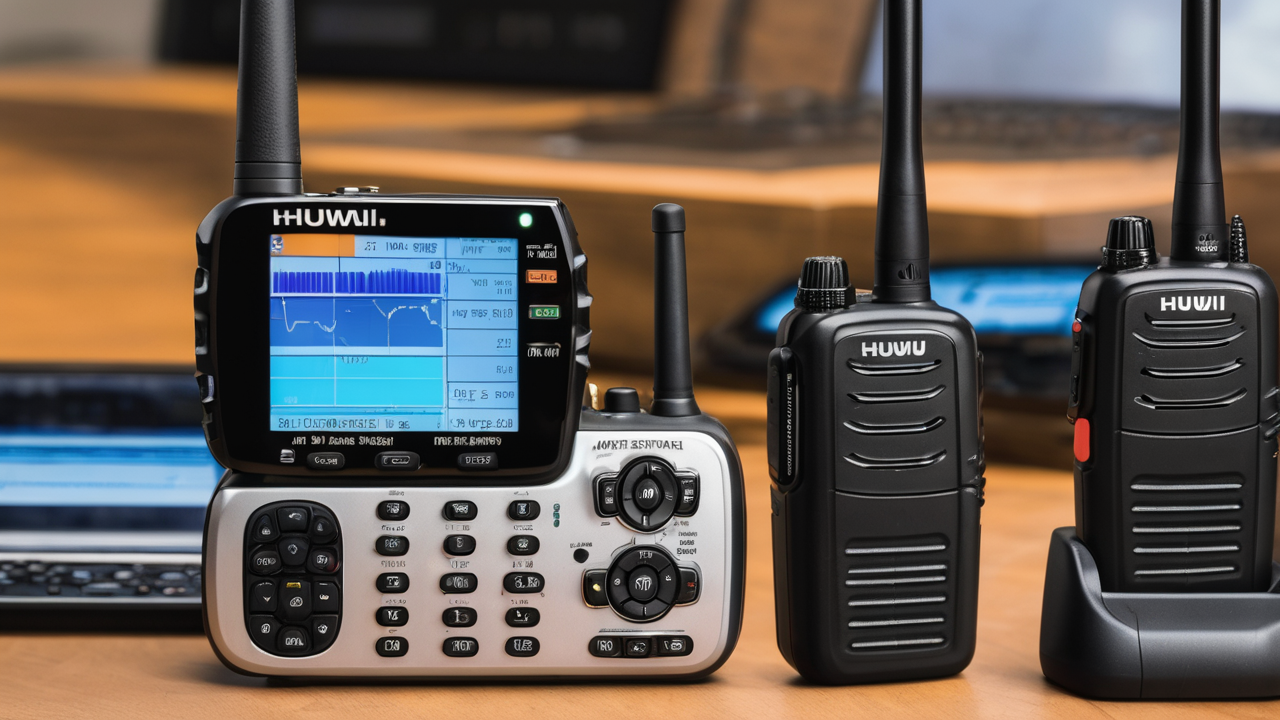Introduction to Walkie-Talkie Technology in the United States
The Basics of Walkie-Talkie Functionality
Walkie-talkies are portable two-way radios. They allow instant communication over short to medium distances. These devices use radio waves to transmit and receive voice messages. They're simple to use, with a push-to-talk button. When you press it, you can speak. When you release it, you can listen. Walkie-talkies operate on specific frequencies. In the US, common frequencies are FRS and GMRS. FRS is free to use. GMRS requires a license. Walkie-talkies are popular for outdoor activities, work sites, and emergency situations. They're reliable when cell phones fail. Most models have multiple channels. This allows different groups to communicate separately.

Regulatory Framework for Walkie-Talkies
In the US, the FCC regulates walkie-talkies. They set rules for frequencies, power output, and usage. FRS (Family Radio Service) is license-free. It has lower power limits and shorter range. GMRS (General Mobile Radio Service) needs a license. It allows higher power and longer range. The FCC sets channel limits and frequency bands. They also regulate antenna types and power output. These rules ensure fair use and prevent interference. Some walkie-talkies combine FRS and GMRS channels. Users must follow rules for each service. Penalties exist for misuse or unlicensed operation. It's important to know the rules before using a walkie-talkie.
Evaluating the Distance Capabilities of Walkie-Talkies
Factors That Affect Walkie-Talkie Range
Several factors impact walkie-talkie range:

- Power output: Higher wattage generally means longer range.
- Frequency: Lower frequencies travel farther.
- Terrain: Open areas allow better signal travel than urban or hilly areas.
- Obstacles: Buildings, trees, and mountains can block signals.
- Weather: Clear conditions are best for signal transmission.
- Antenna quality: Better antennas can improve range.
- Battery life: Strong batteries maintain signal strength.
- Atmospheric conditions: Certain conditions can boost or hinder signals.
Understanding these factors helps users set realistic range expectations. Manufacturers often list ideal range. Real-world range is usually less. Users should test in their specific environment for accurate results.
Technological Innovations That Boost Distance
Recent advancements have improved walkie-talkie range:
- Digital Signal Processing (DSP): Cleans up audio and extends range.
- Repeater functionality: Some units can act as signal boosters.
- NOAA weather alerts: Provide important updates and extend usability.
- Bluetooth connectivity: Allows pairing with smartphones for extended range.
- Advanced antennas: New designs improve signal reception and transmission.
- Lithium-ion batteries: Provide longer life and consistent power output.
- Voice activation (VOX): Allows hands-free operation, saving battery life.
- Squelch control: Reduces background noise, improving clarity at longer ranges.
These innovations make modern walkie-talkies more reliable for long-distance communication. They combine traditional strengths with new technologies. This results in devices that perform well in various conditions.
Best Practices for Selecting a Walkie-Talkie for Extended Ranges
Features to Look for in Long-Range Walkie-Talkies
When choosing a long-range walkie-talkie, consider these features:

- High power output: Look for units with 2-5 watts for longer range.
- Multiple channels: More channels allow flexibility in crowded areas.
- Privacy codes: These prevent interference from other users.
- Weather-resistant design: Ensures reliability in outdoor conditions.
- Long battery life: Crucial for extended use in remote areas.
- Dual-band capability: Allows use of both UHF and VHF frequencies.
- Backlit display: Important for night-time or low-light use.
- External antenna connection: Allows use of more powerful antennas.
- Scan function: Helps find clear channels quickly.
- Emergency features: Such as SOS signals or NOAA weather alerts.
These features enhance communication range and reliability. They also improve user experience in various situations. Consider your specific needs when choosing features.
Top Picks for Walkie-Talkies with Exceptional Distance Capabilities
Here are some top walkie-talkies known for long-range performance:
- Midland GXT1000VP4: Up to 36-mile range, 50 channels, NOAA weather alerts.
- Motorola T600 H2O: 35-mile range, waterproof, dual power options.
- BaoFeng UV-5R: Dual-band, up to 50-mile range with external antenna.
- Cobra ACXT1035R FLT: 37-mile range, floating design, built-in flashlight.
- Uniden SX377-2CKHSM: 37-mile range, NOAA weather alerts, direct call feature.
These models offer a mix of range, durability, and features. The Midland and Motorola are great for outdoor enthusiasts. The BaoFeng is popular with ham radio operators. Cobra and Uniden offer good all-around performance. Remember, actual range varies based on conditions. Test in your environment for best results. Consider your budget and needed features when making a choice.


